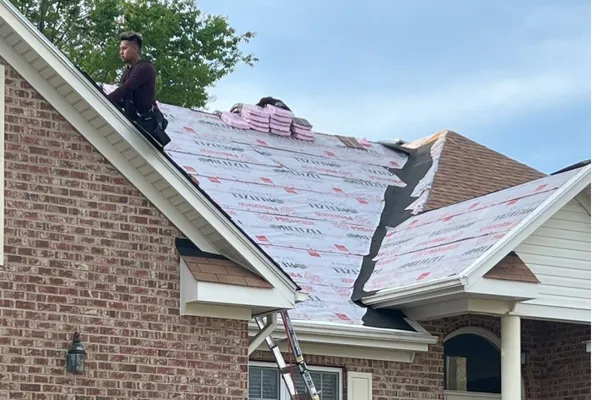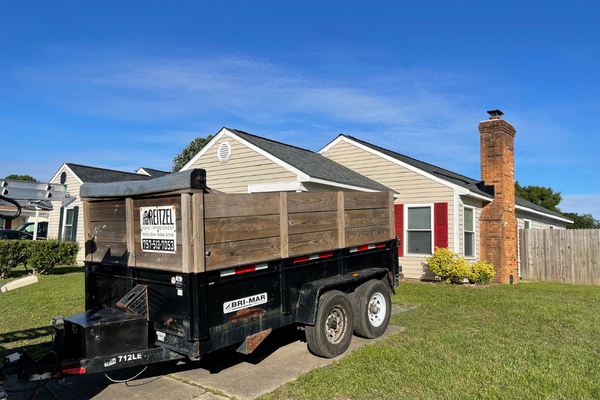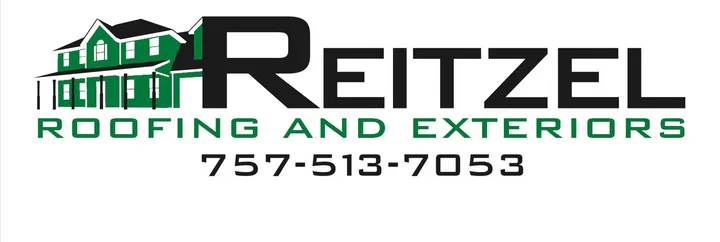LEARNING CENTER
CHECK OUT SOME OF OUR LATEST ARTICLES FROM IN OUR LEARNING CENTER

What Happens When I Get a Roof Replacement?
Replacing your roof is an important decision, and it can be a difficult process. It's important to find the right roofing contractor to ensure that your roof replacement is done properly and safely. Whether you're in need of a full roof replacement or a partial roof replacement, understanding the 4-step process of roof replacement with a roofing contractor will help you make an informed decision. In this blog post, we will walk you through the 4-step process of replacing your roof with a roofing contractor.
Pre-Inspection
The first step in the process of replacing your roof is to have a pre-inspection done by a professional roofing contractor. During this inspection, the contractor will evaluate the current condition of your roof and determine if a complete replacement or just a few repairs are needed. They will also assess the type of materials and techniques that will be required to complete the job. It is important to remember that any work that needs to be done must meet local building codes and regulations. The contractor will provide you with an estimate for the cost of the project based on their findings. Make sure to ask questions and get clarification on all aspects of the pre-inspection before moving forward with the roof replacement project.

Removal of the Old Roof
Before the installation of a new roof can begin, the old roof must first be removed. A roofing contractor will need to complete several steps to ensure that the roof is safely removed, with minimal disruption and damage to the surrounding area.
The first step is for the contractor to remove all debris, such as nails, shingles, and any other materials from the old roof. This can be done manually, or with the help of a specialized machine. Once all of the debris has been removed, it is important to inspect the underlying decking for any damage or rot. If any issues are found, they should be addressed before proceeding with the installation of a new roof.
After this step is completed, the contractor will then remove any flashing or other items that may be blocking access to the underlying decking. This could include chimney flashings, vent boots, and other components that need to be carefully removed and stored.
Once all of these steps are completed, the contractor will then prepare to lift off the old roofing material. Depending on the type of material used, this may involve tearing up shingles or removing asphalt sheets. The contractor should also take care to protect any plants or landscaping near the house by covering them with tarps.
Once the old roof has been completely removed, the contractor can then inspect the underlying decking and address any issues that were not visible during the initial inspection. With the old roof gone, the contractor can also inspect the attic and check for any signs of water damage or mold.
Removal of the old roof is an important step in the process of replacing a roof and should always be completed by a professional contractor. With the right preparation and tools, a contractor can safely and efficiently remove your old roof so that you can enjoy a brand-new one.
Installation of the New Roof
The installation of the new roof is perhaps the most important part of the process. This is when the roofing contractor will take the old roofing material off and replace it with the new one. It's important to note that a roof replacement is different from a roof repair, as a replacement involves removing the entire roof and starting from scratch.
During the installation, the contractor will use a variety of tools to ensure that the roof is properly fitted. First, they will use a crowbar to remove any nails that may be left behind from the old roof. Next, they will use a saw to cut the old roofing material into smaller pieces and remove it. Once the old material has been removed, they will begin installing the new roofing material.
The contractor will lay down a layer of tar paper on top of the old roof decking before laying down shingles or tiles, depending on the material being used. The tar paper helps to protect the roof decking from moisture, while also providing a more secure base for the new roofing materials.
Once all of the materials have been laid down and secured, the contractor will install flashing around any edges or chimneys, followed by a ridge cap along the peak of the roof. The contractor may also apply a sealant along any joints and seams for added protection.
After all of this is complete, the contractor will do one final check to make sure that everything looks good before leaving the site. This is an important step, as any missed details can lead to expensive repairs down the road.
Post-Installation Cleanup
Once the new roof is installed, it’s time for post-installation cleanup. This includes removing any debris or leftover materials from the job site and making sure everything looks neat and tidy. Your roofing contractor will also perform a final inspection to make sure that the new roof has been installed correctly and that all safety guidelines have been followed.
Debris removal is one of the most important parts of post-installation cleanup. This includes picking up any nails, screws, or other sharp objects that may have been used during installation. It’s important to make sure that all hazardous material is removed from the job site before leaving.
Another important part of post-installation cleanup is making sure that all of the vents, skylights, and other openings are properly sealed. This prevents water from entering your home and helps to keep your attic temperature regulated. Your roofing contractor should also check the flashings to make sure they are secure.
Finally, it’s important to inspect the entire roofing system once more to make sure everything has been done properly. Your roofing contractor should check for any signs of wear and tear, as well as make sure all components are properly sealed and secured.
Post-installation cleanup is an important part of any roof replacement project, and it should be done carefully by a qualified roofing contractor. By following these steps, you can ensure that your new roof will provide long-lasting protection for your home.

Our Services
Roof Repairs
Roof Leaks
Roof Storm Damage
Roof Replacement
Residential Roofing
Commercial Roofing
Siding
Trim
Windows
Fencing
Decks
Resources
Learning Center
Financing
Areas We Service
About Us
Contact Us
Privacy Policy
Copyright © 2022 Reitzel Roofing and Exteriors
All Rights Reserved

Our Services
Resources








